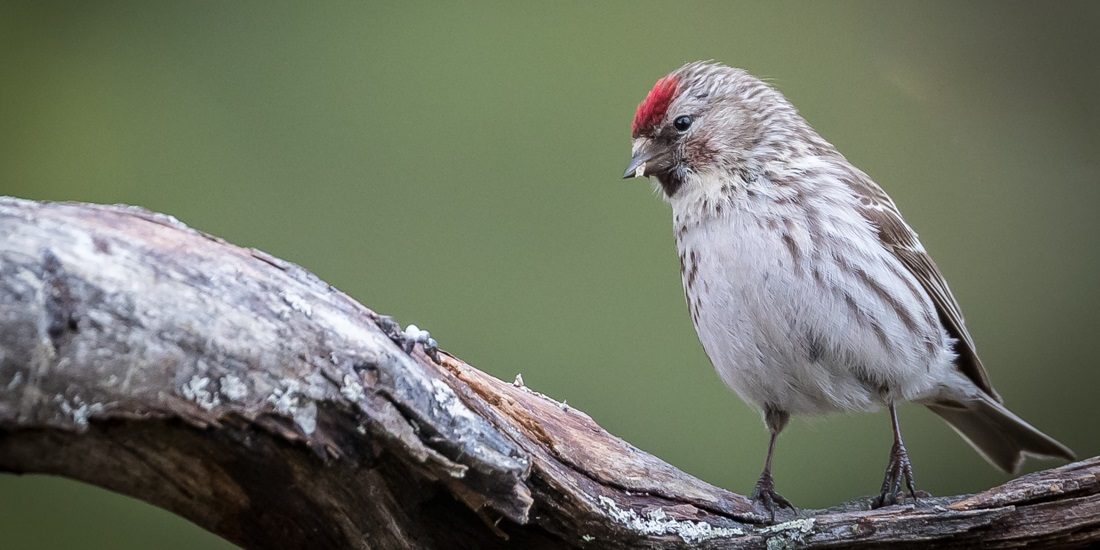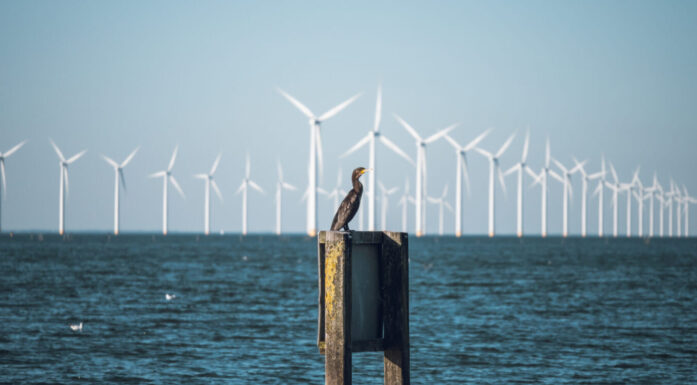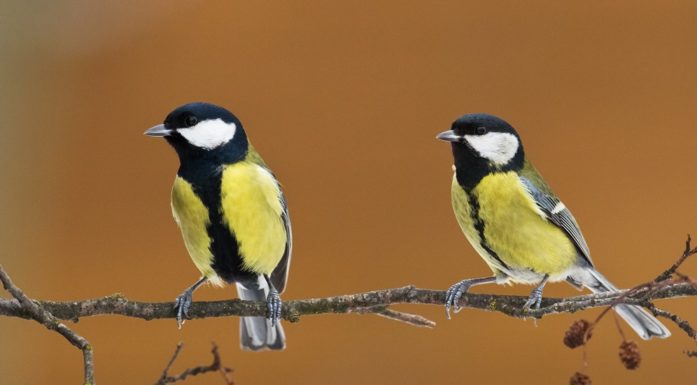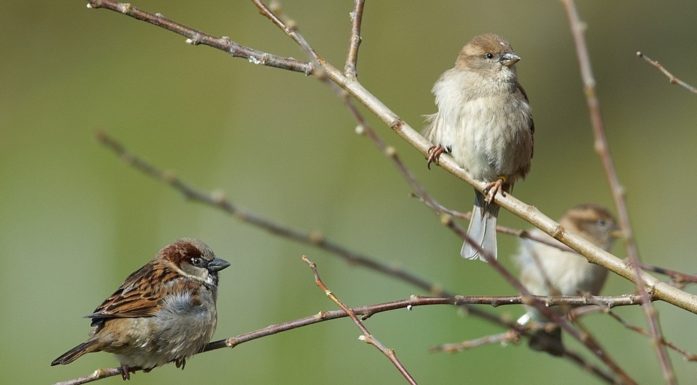Brawler at the bird feeder
The common redpoll gets into brawls when it seems like it should really be watching out for enemies. How can that end well?
Most small birds are super vigilant when they forage. They survey the area and try to make sure no enemies are lurking nearby before they feed. The redpoll seems to approach things differently.
Granted, the redpoll (Carduelis flammea) is often cautious too, but sometimes it appears to prefer quarrelling with other redpolls to taking care not to become a meal itself.
- You might also like: Why aren’t house sparrows as big as geese?
Balancing act
The tiny birds, weighing in at only 12 to 15 grams – need to eat almost the whole time there’s daylight to survive the winter. In summer they mainly live from seeds they find in trees, but in winter they need to seek out seeds on the snow.
Redpolls usually start their day before many other birds, and they extend their day longer than most birds. They can also make use of moonlight to look for seeds.
Redpolls have to look out for enemies, but not be so skittish that they lose too much of the limited foraging time at their disposal. At the same time, they can’t waste energy. It can be a challenging balancing act.
Olav Hogstad is professor emeritus at NTNU’s Department of Natural History. He has followed the behaviour of redpolls, willow tits (Poecile montanus) and great tits (Parus major) in a certain feeding area to see how they react when they encounter enemies.
Hogstad mounted stuffed models of two threatening enemies next to a bird feeder with sunflower seeds. He alternated setting out the crow (Corvus cornix) and Siberian jay (Perisoreus infaustus) models. After removing the models, he timed how long it took before the birds returned.
Article continues below photo.
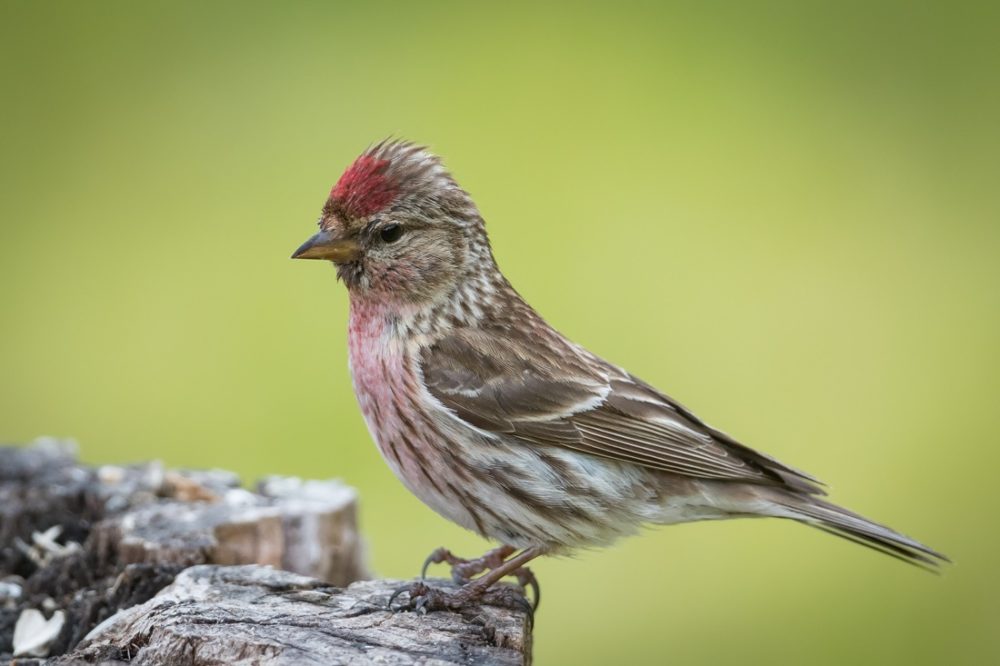
Redpolls have to look out for enemies, but not be so skittish that they lose too much of the scarce time at their disposal to forage. Photo: Tor Omnes
Redpolls take greater risks
The redpolls were always the quickest to return to the feeder. They came back much more quickly than both of the other species when the jay had scared them off. If the crow had frightened them, the redpoll was much faster than the great tit and a bit faster than the willow tit.
This could tell us, among other things, that the redpoll regards the jay as less of a hazard than the other birds do, and that it is willing to bet that the jay won’t take it this time. But the same attitude also applies to the more dangerous crow.
“The seed-eating redpoll may be under more pressure to eat,” says Hogstad.
Willow tits, for example, stockpile food within their territory during the summer, so they have more to survive on in the winter. Redpolls simply have to take greater risks to get enough food.
Both willow tits and great tits also for the most part kept peace with each other while foraging for sunflower seeds on the snow. The redpolls quarrelled much more with the other species. That behaviour probably makes some redpoll individuals less aware of threats.
But it turns out redpolls may not be at greater risk of being eaten anyway.
Article continues below photo.
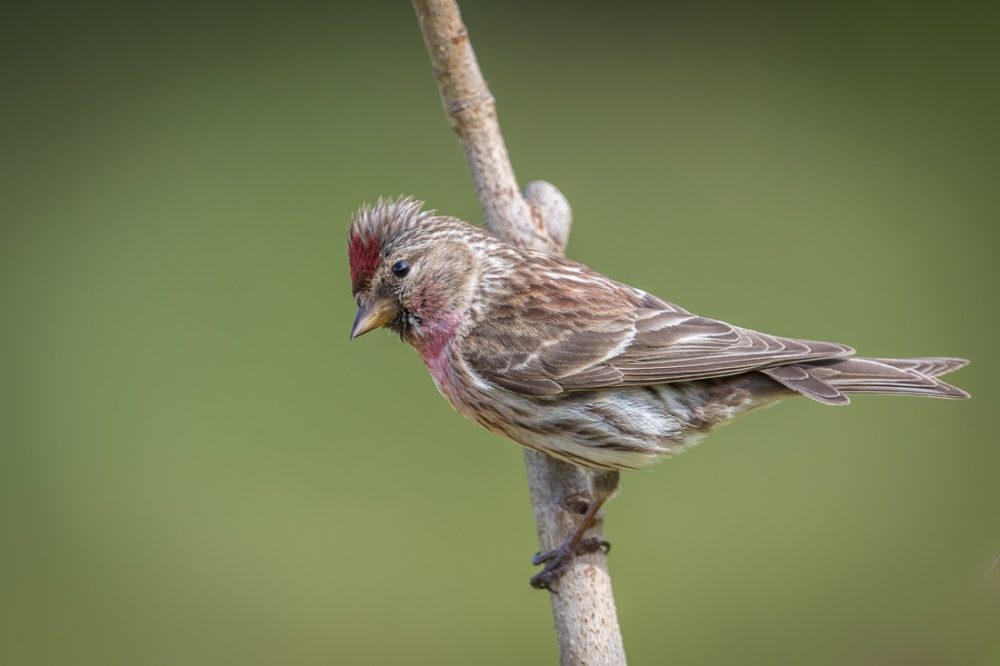
Redpolls usually live in large flocks, which may offset each individual being less attentive. Photo: Tor Omnes
Big flocks
Outside the breeding season, redpolls form large flocks. Great tits and willow tits live in much smaller flocks, often consisting of only a few individuals.
A big redpoll flock can increase the risk of friction and quarrelling, which may explain the greater conflict level. Those that are keen to get into brawl are also less aware of dangers around and above them.
But the redpoll’s large flock size may reduce the chance of a particular individual becoming the victim of a hungry enemy. In addition, the chance of at least one member of the flock perceiving a threat increases and may offset individual birds being less attentive.
The quarrelsome redpolls are ultimately entirely dependent on the flock.
Source: Are wintering Common Redpolls Carduelis flammea more exposed to avian predators than other small passerines? Olav Hogstad, Norwegian University of Science and Technology. Ornis Norvegica (2017), 40, 45-48.
